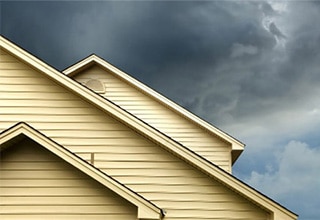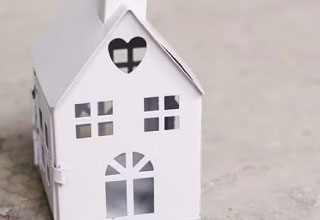- text
-
Cover and benefits are subject to eligibility criteria and terms and conditions, including the limits and exclusions of the insurance policy. Any advice provided is general only and may not be right for you. Before you purchase this product you should carefully read the Home Insurance Product Disclosure Statement and consider the Target Market Determination to decide if it is right for you.
How to prepare for a storm.
Storms and severe weather events can happen at any time, and they can be unpredictable. It's important that you’re aware of what to do before, during and after a storm to help keep your home and the people in it safe. These storm safety tips will help you prepare and stay safe in the event of a storm.
What to do before a storm.
There are a few things you can do to prepare for a storm before it hits. Help safeguard your home and minimise any damage that severe weather, hail and thunderstorms can cause:
Make sure there are no loose items around your yard or balcony that can blow around and damage your house or injure someone
Keep any trees or large plants around your house maintained to avoid them and debris falling on your building in strong winds
Check gutters and drains around your house to make sure they're clear and not clogged
Check the for the latest weather forecasts and updates
Make sure your pets have safe and secure shelter from the storm
Don't park your car under trees and move it under secure cover if possible
When driving, do not attempt to cross roads with rising waters or flood ways in your vehicle (more than 10cm). Do not drive through flood waters on roads or in waterways
Prepare an emergency kit in case of a storm that includes a radio (to listen to weather and emergency updates), torch, spare batteries and a list of emergency contact phone numbers
Listen to and follow instruction from authority
What to do during a storm.
Storms can bring hail, strong winds and heavy rainfall. The most important thing is that you, your family and your pets stay safe during the storm.
Don’t use landline telephone during a thunderstorm or lightning strike
Unplug electrical devices during a storm (computers, mobiles on chargers, appliances etc)
Stay away from windows and glass doors
If you're in a car, pull over to a safe location and turn on your hazard lights. Stay in your car until the storm has passed. If you require emergency assistance, call 000
If you're swimming or in any water activity, get out of the water right away
What to do after a storm.
Even though the storm might have passed, there may still be potential dangers that you need to be aware of.
Don’t swim in or attempt to cross flooded areas, either on foot or in vehicles
Stay away from fallen wires and powerlines
Report any fallen powerlines to your local State Emergency Service (details listed below)
If you need to, you can lodge a claim with Everyday Insurance 24/7
For emergencies, contact your State Emergency Service
State and territory emergency services.
Handy hint: Save your local emergency service contact details in your phone, so you can access them easily.




